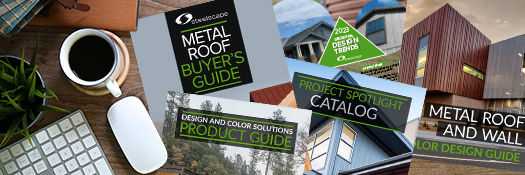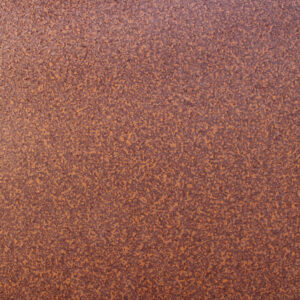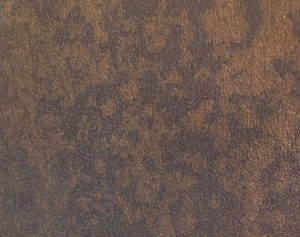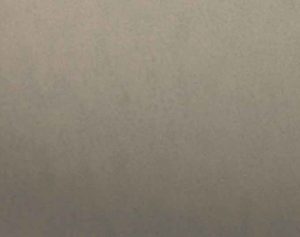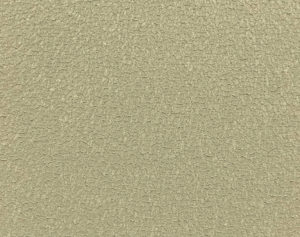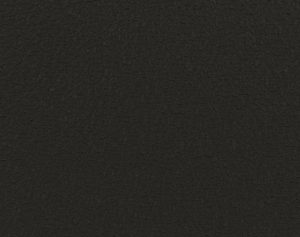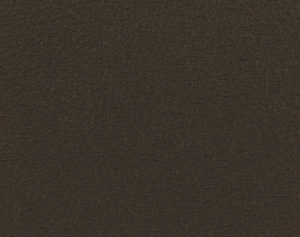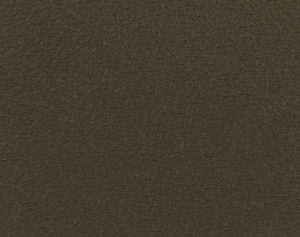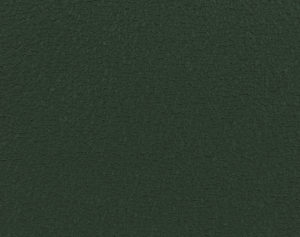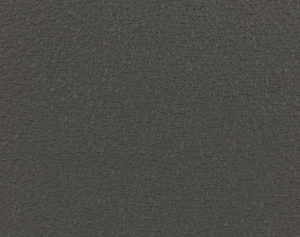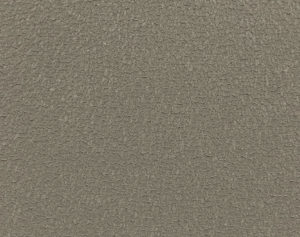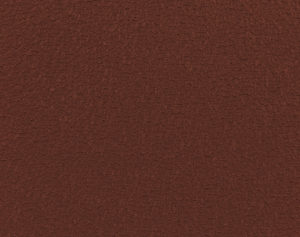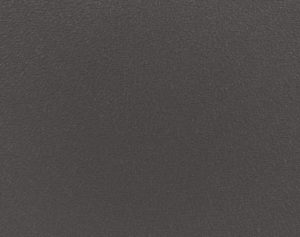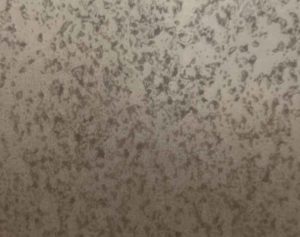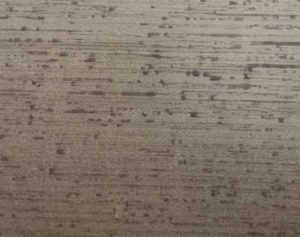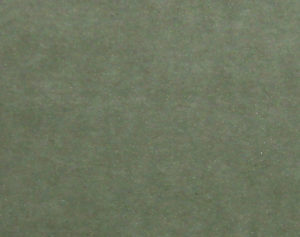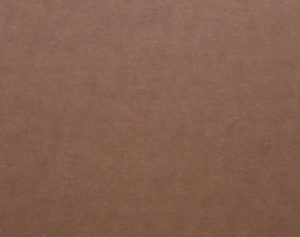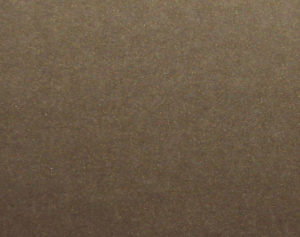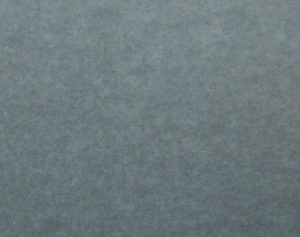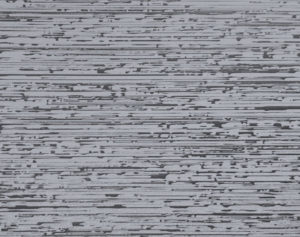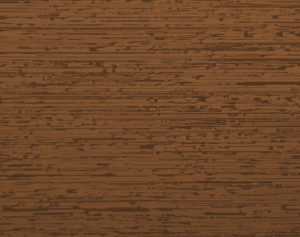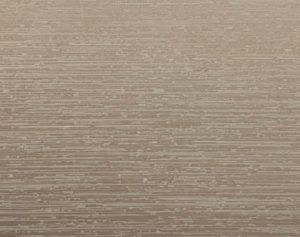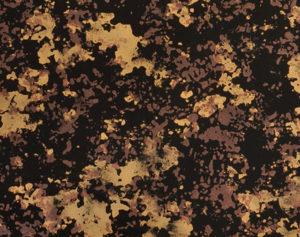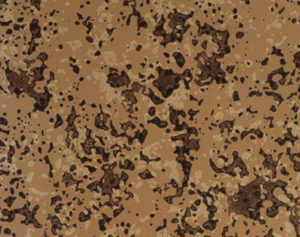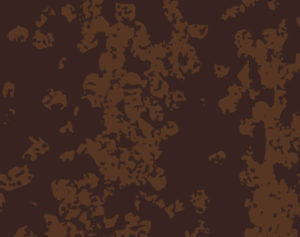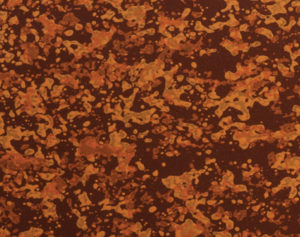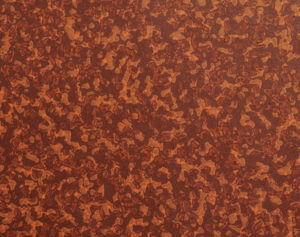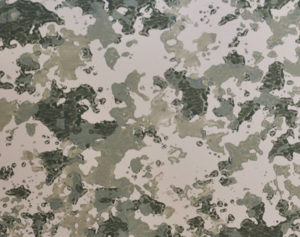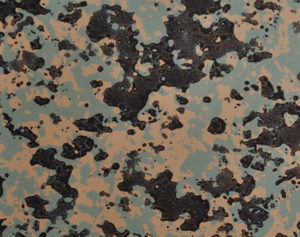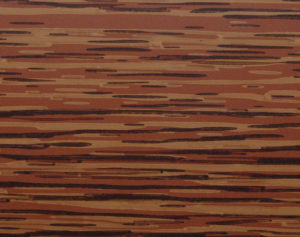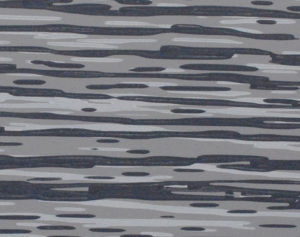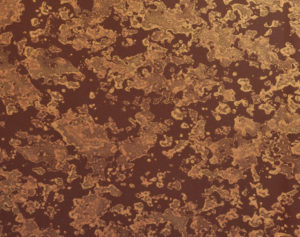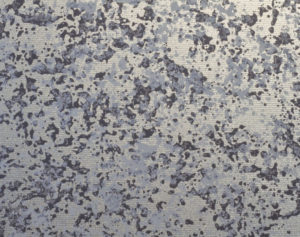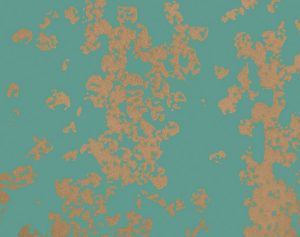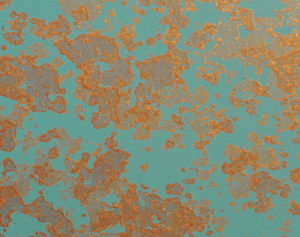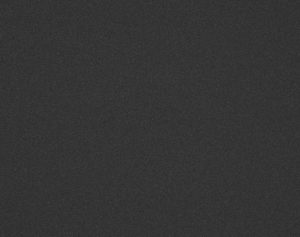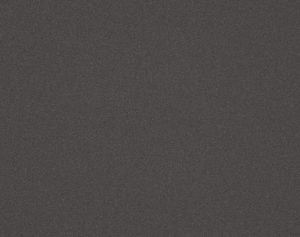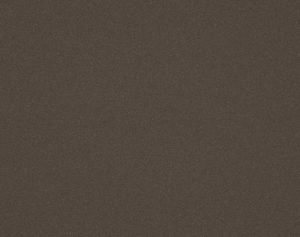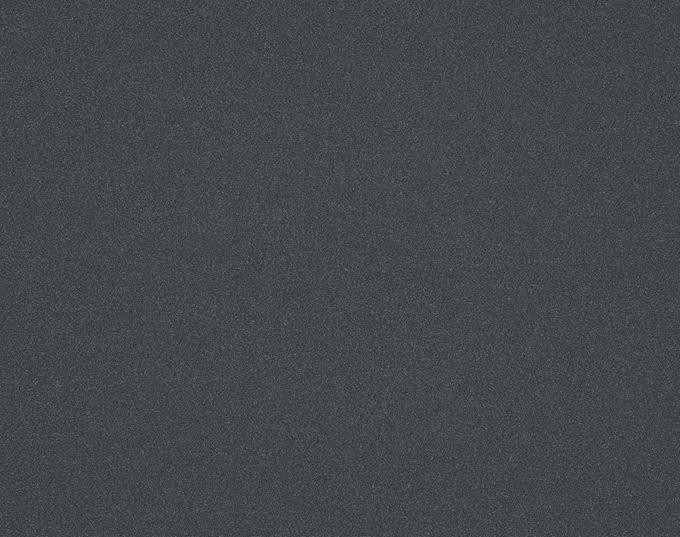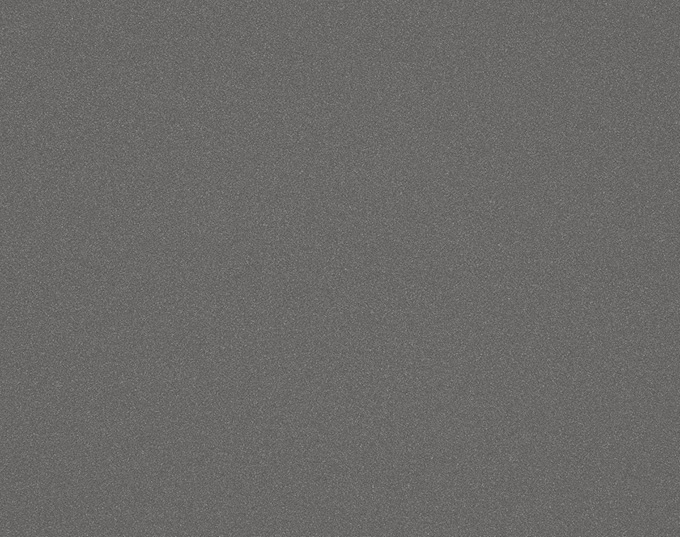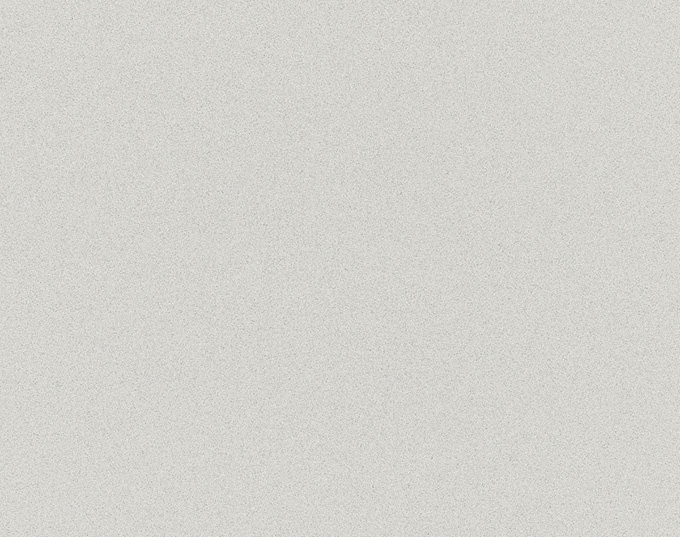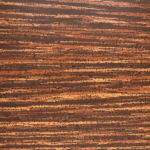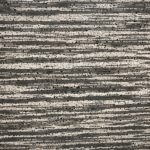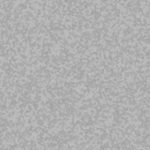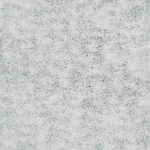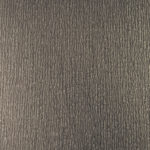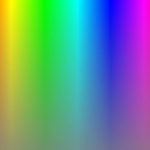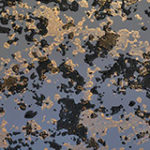Did You know Steelscape also offers two full-hour AIA accredited courses, available in live, or on demand format.
Have a recommendation for new course content?
Or have a question related to metal design?
Adding Depth to Metal Roof and Wall Surfaces
Learning Objectives:
- Appreciate the impact of finish depth
- Understand the depth characteristics of metal
- Explore metal finish options for adding additional depth
- Be aware of important considerations when selecting these finishes
Course Overview: Watch the embedded video, review the written content and take the assessment found at the bottom of the page. You must score 100% in the assessment to pass.
Credit: 0.25 LU/HSW
This course focuses on coatings and finishes. To learn more about the texture and dynamic light play available with product shapes and panel profiles, we recommend you visit various profile manufacturer websites for input.
Learning Content:
- Depth refers to a perception of a surface based on visual reasoning and viewing experience. It can be used to achieve greater engagement between a structure and its users.
- Depth can be used in concert with other stimuli such as tactile sensations from textured surfaces, interaction with light and shadow, to further engage building users.
- Depth can also be used to integrate a structure more effectively into its surrounding environment through altering viewer perception.
- Part of the sensation of depth arises from our ‘stereo’ vision, whereby our perception is based on viewing an object with our two eyes with the brain comparing these two images to create a sense of depth.
- Depth is often created or enhanced through the interaction of a surface with light.
- Natural light interaction influences engagement by altering colors, shadow and perspective of design elements.
- This light is dynamic and constantly evolving based on time of year and weather conditions.
- This evolving light interaction can create a more organic connection with a surface or structure.
- The abundancy and intensity of this light also can influence building users directly including mood and performance.
- Elements influencing depth include texture, finish transparency or translucency, finish variability and consistency, or the layering of colors, designs and patterns. The use of light to cast and drop shadows, or the use of light to create reflection can also create a sense of depth.
- A number of these attributes are common in naturally occurring materials, as they are often created and formed in a non-linear fashion, dictated by environmental conditions. This underpins the extensive use of natural materials in some design styles.
- This variance can also work against these naturally occurring materials as it can make it difficult to assess and control quality, performance and the longevity of the material. Additionally, the harvesting of naturally occurring finishes may have a significant environmental impact or may contribute to a prohibitively costly material solution.
- Exterior building surfaces, such as roof and wall areas, are typically large flat planes. To meet project needs, these are often skinned in singular or a limited range of materials to save time and cost or to improve the performance of the total solution, such as weather tightness.
- Depending on the building style and design vision, improper material selection for large flat planes, can detract from the cohesive design of the building. Detractors can include creating a contrast between the structure and its surrounding environment, unnecessarily highlighting building or material imperfections, or creating a visible static object in an organic environment.
- Material depth and dynamic light, in conjunction with other design features such as product shape and color, can be used to better integrate design features and enhance end user interaction with the structure.
- Metal for exterior building surfaces is produced using advanced machinery deploying stringent quality control measures which limit end finish variation.
- This process produces vibrant colors and a highly consistent, smooth surface.
- The consistency of the finish underpins metals durability, outstanding longevity, and efficient use of materials (only need a thin layer of metal and paint).
- While for many applications this surface aligns with design objectives, for some applications this consistent surface does not integrate with other design features or materials.
- Modern metal finishes have advanced to provide options for enhanced depth and dynamic light interaction and to expand the application of metal in exterior building design.
The following options detail finish some of the finish options which can add depth or dynamic light play to metal.
- Clear Coats – An additional clear layer over the top of the colored paint coat. This can add to the perceived depth of the color, due to the slight difference in depth between the surface of the clear coat and the colored paint layer beneath.
- Tinted and Colored Clear Coats Without Primers – These translucent finishes enable the texture of the steel underneath to be somewhat apparent, enhancing the sense of depth. They can be tinted in various colors to achieve design integration. These finishes are specially developed to provide finish protection despite the lack of a primer.
- Metallic or Micas – Micas are specially formulated pigments in the topcoat layer to create a sparkling or light catching effect. Individual pigment particles are flat in nature allowing for light to reflect at various angles. This creates additional depth and a more dynamic interaction with natural light. Micas can be complementary or contrasting to the base color, or can be applied in an additional clear coat layer for added depth.
- Pearlescent Micas – These use specially formulated mica pigments that are coated multiple colors to create an evolving color aesthetic. Pearlescent paints will create a unique color and shimmer and produce a different color from different viewing angles.
- Textured Paint – The paint topcoat can be formulated to have a visible tactile texture to add to the depth and the viewers perception of the surface. This can be achieved through the chemical properties of the paint that result in ‘crinkling’ of the surface during the curing process, or by adding physical particulates to the paint.
- Printed Designs – This is achieved by applying an additional one or two layers of paint over the base coat using a pre-developed design, such as woodgrain, brushed steel or granite. Depth is created through the layering of different paints
- Embossing – While not a finish, embossers work by passing the metal through a set of rollers which impart a pattern into the metal. Unlike painting embossing physically alters the shape of the metal. Common embossing options are stucco or woodgrain patterns.
- The desirability of many of these finishes is the variation they offer over standard colors. Controlling variation in the production process can be difficult. While a consistent finish is produced, these types of finishes are more sensitive to production inputs and as a result have a higher propensity to batch-to-batch or directional sensitivity.
- These sensitivities are only apparent when mixed batches are installed directly next to one another. The interaction with light or color may be slightly different, creating a visible mismatch once installed.
- Manufacturers should always indicate on color cards or color chips if the product is direction or batch sensitive.
- Designers and installers must take care in ensuring product is sourced from a singular provider at one point in time. Ordering additional material for field mistakes or additional add-ons can be a worthwhile precaution.
- These products typically fall into the premium paint technology category and as a result will likely attract a cost premium.
- These finishes are developed using the same or similar paint technology as regular colors, however a specifier should always check first to identify if the warranty provisions of any specialty finish aligns with project needs or specification mandates.
- Depth and dynamic light interaction can enhance the way a building user interacts with a surface.
- Naturally occurring materials often achieve depth through products traits such as texture and variability.
- Standard paint systems offer a colorful yet flat finish which may not meet all design parameters.
- There are several finish options available to add depth to metal surfaces including textured paints, mica paints, print designs, and additional clear coat layers.

